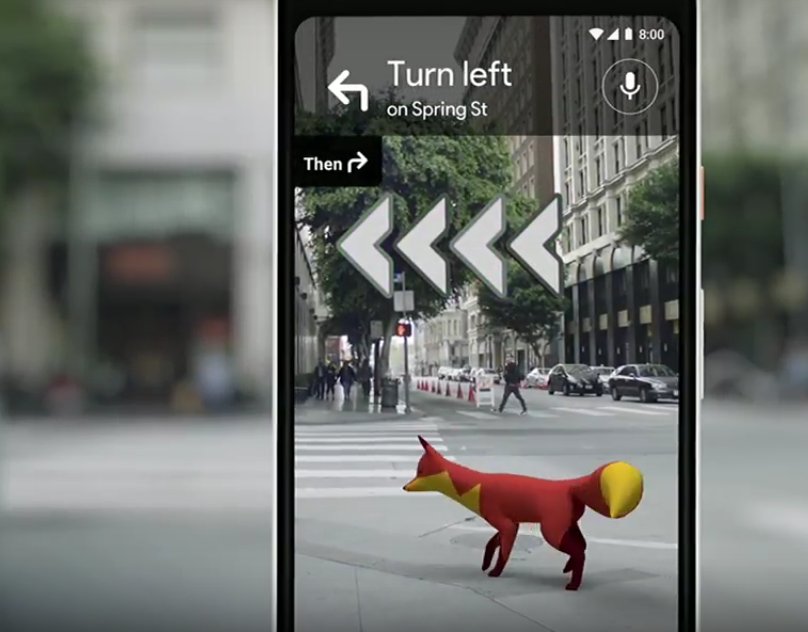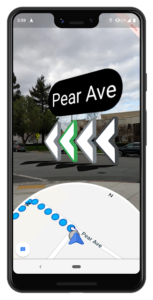
Anyone can access Google Maps AR navigation feature with this phone

It’s been almost exactly a year since Google first promised us an augmented reality-aided navigation feature in its Maps product. The time to make good on that promise has arrived and the tech giant is delivering by rolling out AR-powered walking directions to Pixel smartphones in an ‘early preview’ mode.
In March, Google had made this functionality available to all Local Guides Level 5 and above for testing, and those users couldn’t stop raving about the resourcefulness of AR-guided navigation. Those early reviews had us all looking forward to the mass rollout of this exciting feature. But for now, it looks like only Pixel device users are going to enjoy next-gen walking directions. Google is yet to commit a date for when the feature will become available to all users.
How does Google Maps AR Navigation work?

In case you are wondering what the fuss is all about, AR navigation works on a concept which Google is calling global localization. With powerful machine learning algorithms running under the hood, the technique uses your mobile phone’s camera as a sensor to identify your position and orientation much more accurately than plain old GPS.
Instead of using GPS signals, Google Maps AR navigation feature determines the location of your phone by analyzing the key visual features, such as the outline of buildings or bridges, around you. It then searches for this imagery in Google Maps’ rich Street View repository and uses those reference points to apply triangulation.
Why your phone GPS may be inaccurate
The current GPS technology relies on measuring the delay of radio signals from multiple dedicated satellites to determine your precise location, and that is its biggest limitation.
“In dense urban environments like New York or San Francisco, it can be incredibly hard to pinpoint a geographic location due to low visibility to the sky and signals reflecting off of buildings. This can result in highly inaccurate placements on the map, meaning that your location could appear on the wrong side of the street, or even a few blocks away,” Tilman Reinhardt, Software Engineer, Google Maps, writes in a blog post.
Do you own a Pixel device? Do let us know your experience in comments. And if you do not, we highly recommend you borrow one from a friend or colleague to test out this awesome new Google Maps feature, just like they did:
We’ve borrowed #GooglePixel from our #gpjdigital @GPJ_EMEA colleague and did quick #GoogleMaps #AR testing and we are really pleasantly surprised with the results. Great accuracy, well-designed user interface, overall we really liked the whole experience. Well done @GoogleARVR pic.twitter.com/Xkk4evHMDb
— Artur Fiedorowicz (@techyinnovator) May 9, 2019






